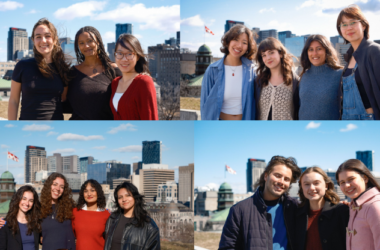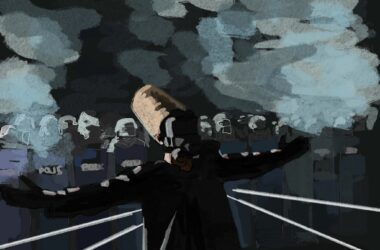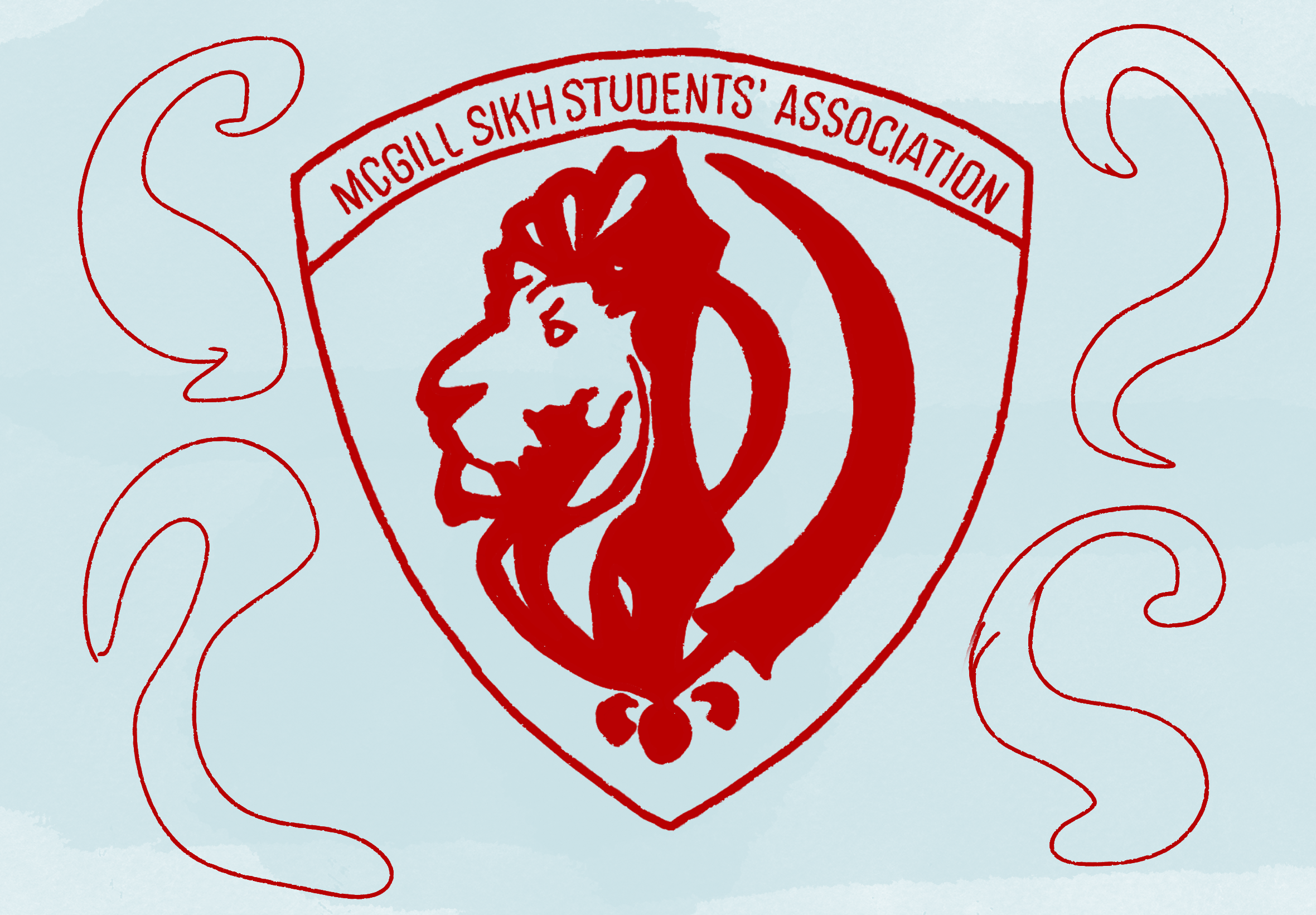 Wallis Grout-Brown
Wallis Grout-Brown Wallis Grout-Brown
Wallis Grout-BrownThe creaking wooden ladder felt like it was going to break any second, but nothing was going to stop me from reaching the top. After a nerve-racking, steep hike with 3,000-metre drops right next to me, I was finally close. Even through the rain and the fog, the scene from the top of Wayna Picchu was amazing. Clouds below us were flowing through the mountains, covering Machu Picchu every now and then, giving it a mystical ambiance. From here you could see all of Machu Picchu and its tourists scattered between the ruins wearing their coloured ponchos.
Wayna Picchu is a mountain right beside Machu Picchu, the one typically in the background of most shots of the famous world heritage site. The summit looks like a pile of big boulders and made me wonder how it could hold the 30-some tourists who were already at the top when I had arrived. From my comfortable spot on one of the boulders, I could see the complexity and symmetry of the ruins: the Central Plaza in the middle, the smaller Sacred Plaza to the right, the temples, and the rows of stone walls descending in the agricultural sectors.
It was a long and arduous journey to get there: two long bus rides (including a couple of hours stranded in the Peruvian desert when one broke down), a train ride to Aguas Caliente—a village filled with hostels in the valley near Machu Picchu—an early morning bus ride to the entrance, and a 5 a.m. race to the entrance of Wayna Picchu, since only 400 people are allowed on Machu Picchu per day. This moment, however, made it worth the wait.
Going through the ruins was a different experience than climbing Wayna Picchu. Some researchers think that Machu Picchu was a sort of sanctuary for the Incas and was where the Incan King retreated. Machu Picchu’s existence today depends on the level of detail and complexity that went into its creation. The Incas didn’t use any material (like mortar) to keep the stones together. Instead, they relied on geometry and shaped stones in order to fit each other like a jigsaw puzzle, which allowed Machu Picchu to withstand natural disasters for so long.
The Incan site is rich with artifacts. A large stone on the ground shaped into the head of the largest bird in South America, the condor, is of particular significance. Historians believe that sacrifices were once performed on this stone. Going through the Sacred Plaza, I came across the Intiwatana, a large square stone with its four points directed towards the cardinal points, and with a block on top whose shadow shows the position of the sun.
At the end of the day, the sun finally peeked out from the clouds, and the fog slowly lifted. The drastic change from grey mist to intense, bright light was magical. As the site started to clear of tourists and the sun began to set, you could see people in deep meditation facing the bright setting sun. We were surrounded by a spectacular calmness. You could almost feel the presence of the Incas who once lived here.
How to get there: train (perurail.com), hiking.
Cheap places to stay: Pirwa (roughly $10/night, pirwahostelsperu.com), Varayoc (roughly $10, hostels.com)
Budget: around $200-400








